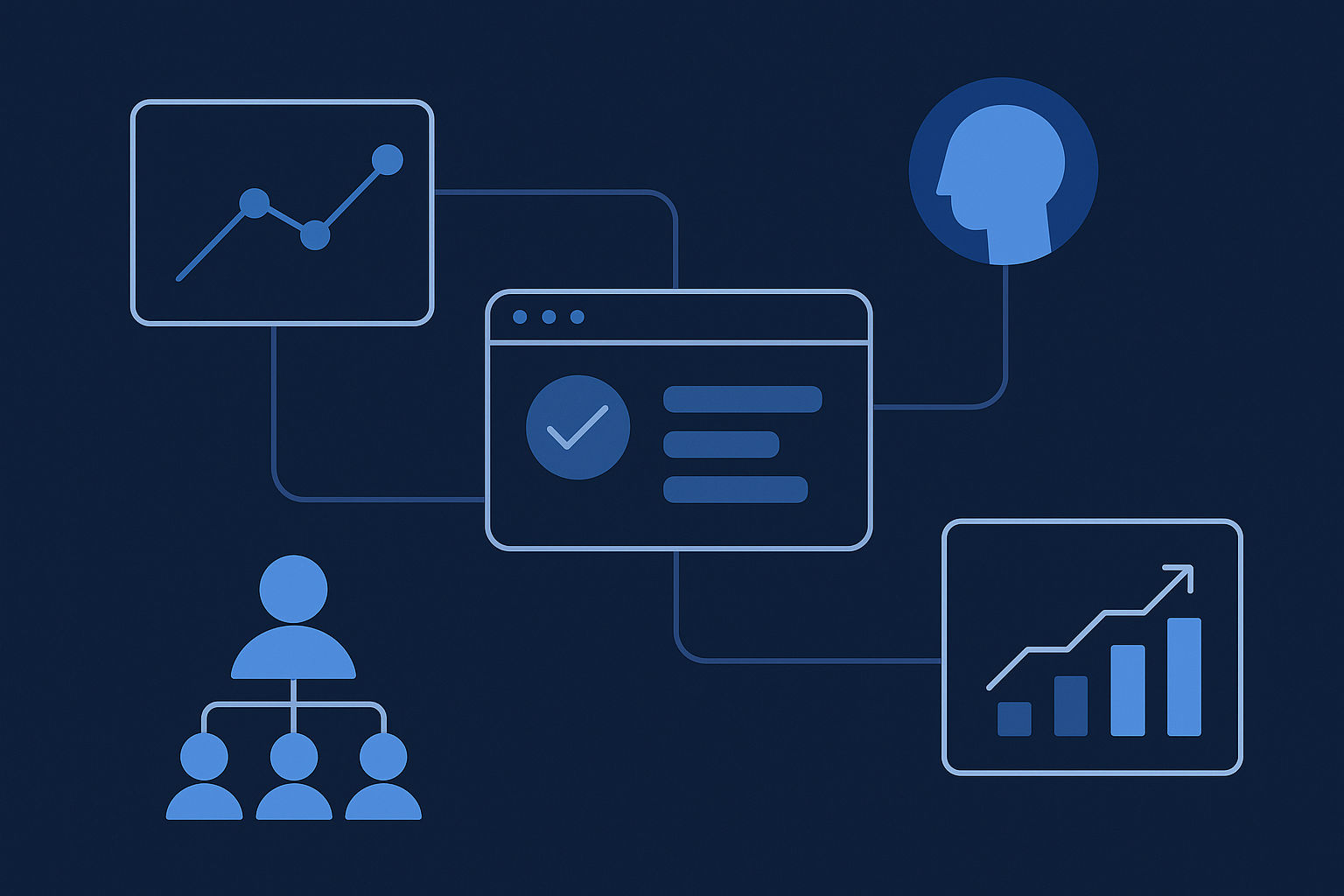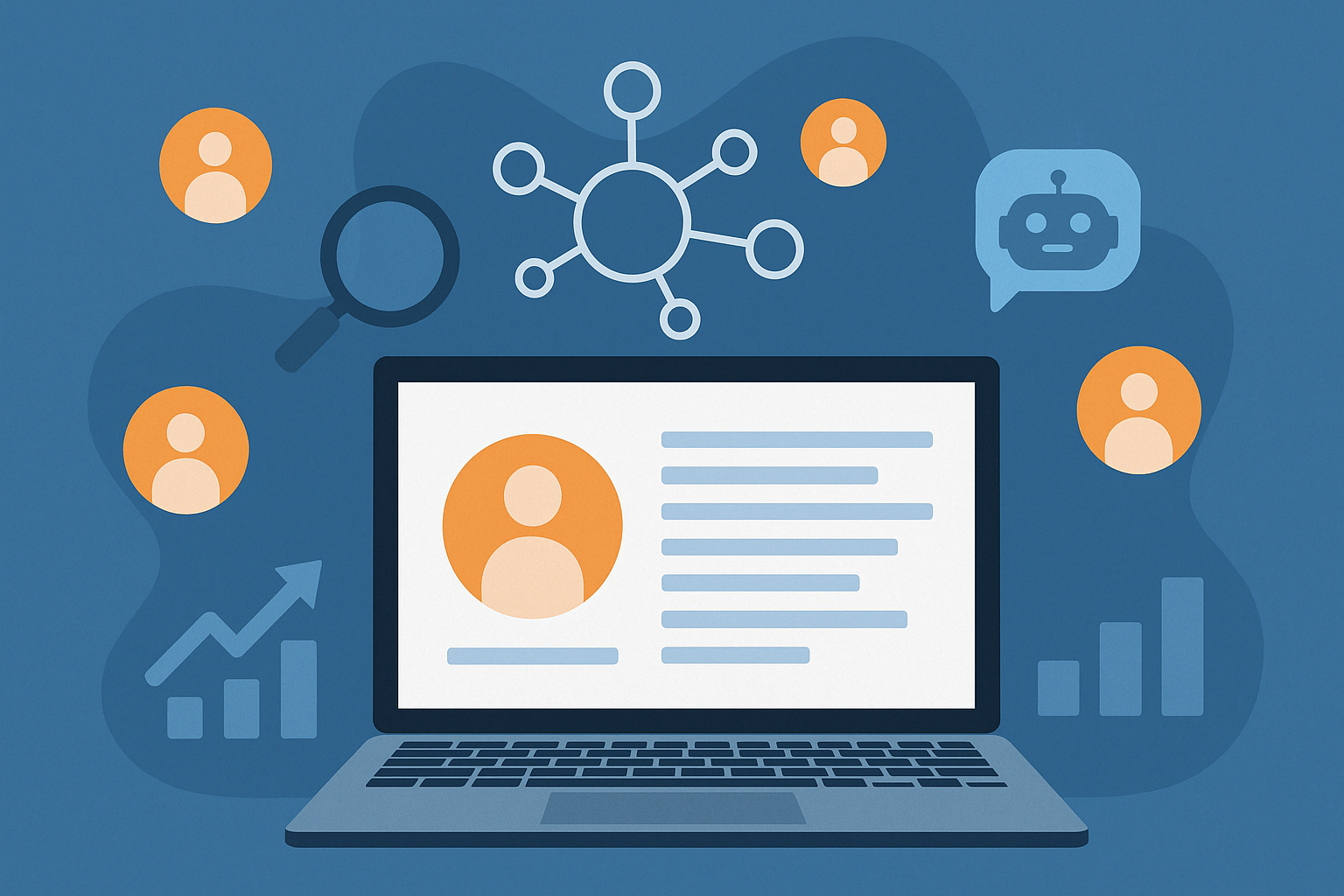Engineering is no longer just about writing code, it’s about how teams collaborate, plan, and deliver value at scale. Yet as organizations grow, visibility across tools and workflows often disappears.
That’s where engineering intelligence software comes in: platforms that unify engineering data to give leaders a clear, real-time view of productivity, alignment, and performance.
Understanding Engineering Intelligence Software
An engineering intelligence software connects to the systems development teams already use, such as GitHub, Jira, Slack, Linear, or Notion, and aggregates their signals into meaningful insights.
It translates thousands of daily actions (commits, pull requests, tickets, reviews) into a single picture of how efficiently work gets done.
Instead of tracking vanity metrics like story points or lines of code, these tools analyze the quality, complexity, and collaboration behind every task.
The goal isn’t surveillance. It’s clarity, helping teams understand what’s working, what’s blocked, and where to focus next.
Why It Matters
Engineering teams face constant pressure to deliver more with fewer resources. Traditional metrics don’t capture the full story: one sprint may appear slower but involve far more complex work, while another looks busy but lacks strategic alignment.
Engineering intelligence tools solve this by turning fragmented data into actionable intelligence. They help teams:
- Measure productivity objectively by combining output and complexity.
- Detect bottlenecks early using signals from real-time workflows.
- Understand roadmap alignment so work contributes to company goals.
- Support coaching and growth through transparent, data-driven insights.
For CTOs and engineering managers, this shift means decisions can finally be made on facts, not assumptions.
Core Capabilities of Engineering Intelligence Platforms
Most leading engineering intelligence software solutions share four core pillars:
-
Data Unification
- Connects to repositories, project trackers, and communication tools.
- Centralizes all activity into one live data stream.
-
AI-Powered Analysis
- Uses machine learning to recognize patterns in collaboration, speed, and quality.
- Surfaces insights automatically, without manual dashboards.
-
Objective Metrics & Benchmarks
- Measures productivity in context (e.g., magnitude × complexity).
- Enables fair comparisons across teams, projects, or cycles.
-
Actionable Dashboards
- Converts raw data into guidance for retrospectives and planning.
- Visualizes alignment with product roadmaps and sprint goals.
These capabilities transform chaotic engineering data into clarity that both engineers and executives can trust.
Pensero: Engineering Intelligence Software for Qualitative Insight
Best for engineering leaders and managers seeking qualitative insights beyond raw output metrics.
Among the new generation of engineering intelligence software, Pensero stands out for its ability to interpret not just how much work gets done, but how well it’s done.
While many analytics platforms focus on numerical output, lines of code, commits, or pull requests, Pensero’s AI digs deeper, analyzing the substance and context behind every contribution.
Key Features
- What Happened Yesterday: Instant visibility into daily team activity. This real-time snapshot offers a level of immediacy most competitors lack, allowing leaders to stay connected to ongoing progress without manual reports.
- Body of Work Analysis: Goes beyond velocity or commit counts by evaluating the actual quality and depth of output over time, revealing long-term productivity trends and areas for improvement.
- Executive Summaries: Converts complex engineering data into clear, human-readable TL;DRs that every leader — technical or not — can understand.
- Location-Based Comparisons: Enables performance benchmarking across distributed teams, providing visibility into how geography or team structure influences delivery.
- Advanced Productivity Metric: Introduces a new productivity model that factors in both magnitude and complexity, offering a far more accurate reflection of engineering effort than simple activity tracking.
- Seamless Integrations: Connects directly with the tools teams already use, including GitHub, GitLab, Bitbucket, Jira, Linear, GitHub Issues, Slack, Notion, Confluence, Google Calendar, Cursor, and Claude Code, ensuring data unification without workflow disruption.
By combining quantitative and qualitative analytics, Pensero transforms engineering intelligence into something truly actionable. It helps leaders recognize high-impact work, improve collaboration, and make informed, data-backed decisions, all while maintaining visibility across distributed, fast-moving teams.
How AI Enhances Engineering Visibility
The rise of AI has accelerated this field dramatically.
Modern platforms now learn from historical patterns, predicting when a sprint might derail or where review cycles are slowing throughput.
They can automatically generate summaries, recommend workflow improvements, and even detect silent risks like burnout or disengagement.
The result: faster, more resilient engineering organizations capable of adapting in real time.
The Business Impact of Engineering Intelligence
Organizations adopting engineering intelligence software consistently see improvements across three dimensions:
- Performance: Higher output per engineer through better focus and planning.
- Culture: Transparent insights reduce friction and support fair recognition.
- Strategy: Leaders can align engineering capacity with product goals, budgets, and timelines.
By bridging technical execution with business visibility, these tools make engineering measurable in ways that matter to the entire organization
Looking Ahead
As AI becomes embedded in every stage of the development lifecycle, engineering intelligence software will play a central role in how companies build and scale technology.
It’s not about replacing human judgment, it’s about giving leaders and teams the data they need to make smarter, faster, more confident decisions.
Solutions like Pensero demonstrate that the future of engineering management lies in continuous insight, where every commit, message, and decision contributes to a shared understanding of progress.
Published: October 20, 2025





